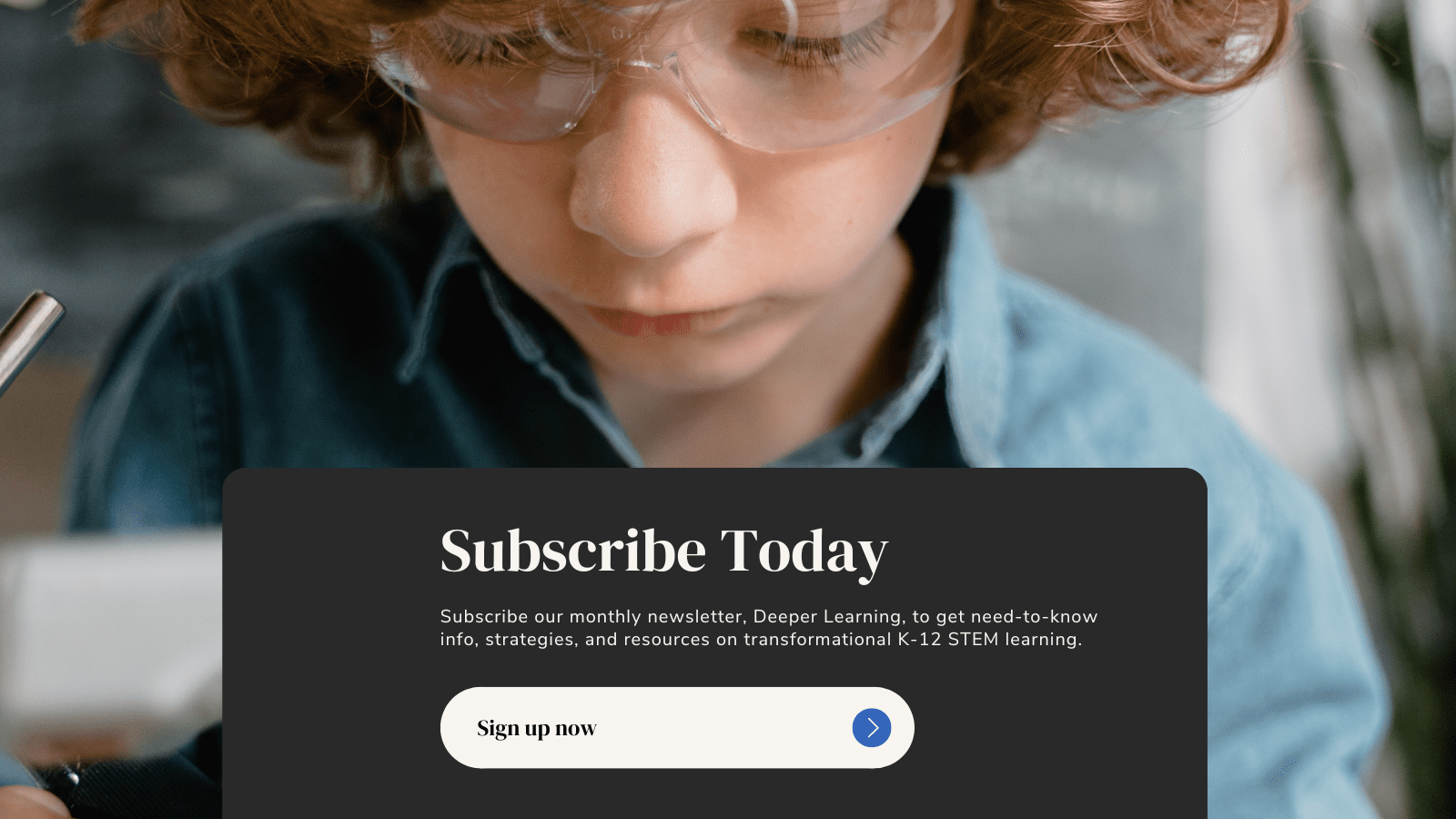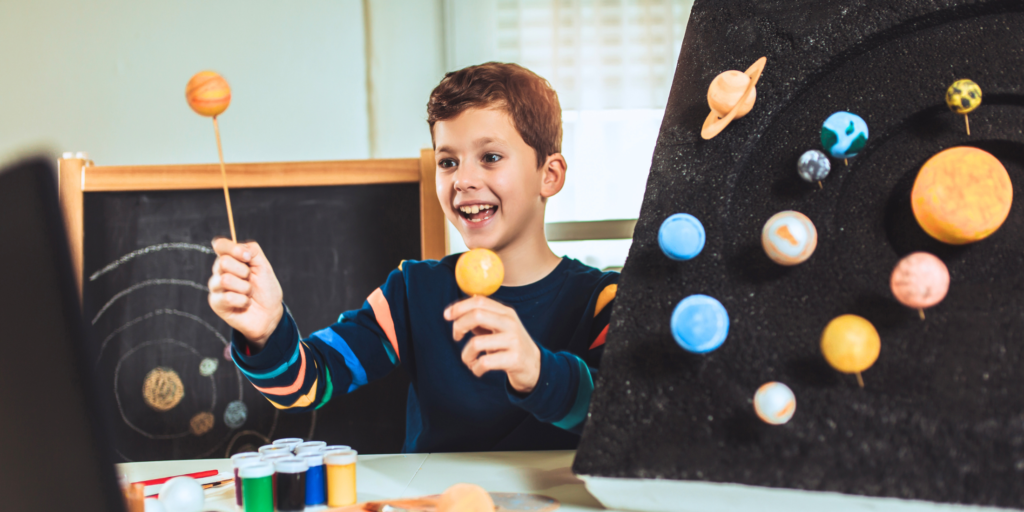Viruses and Vaccines: Free Science Education Resources
Free Science Education Resources: The Science of Viruses and Vaccines
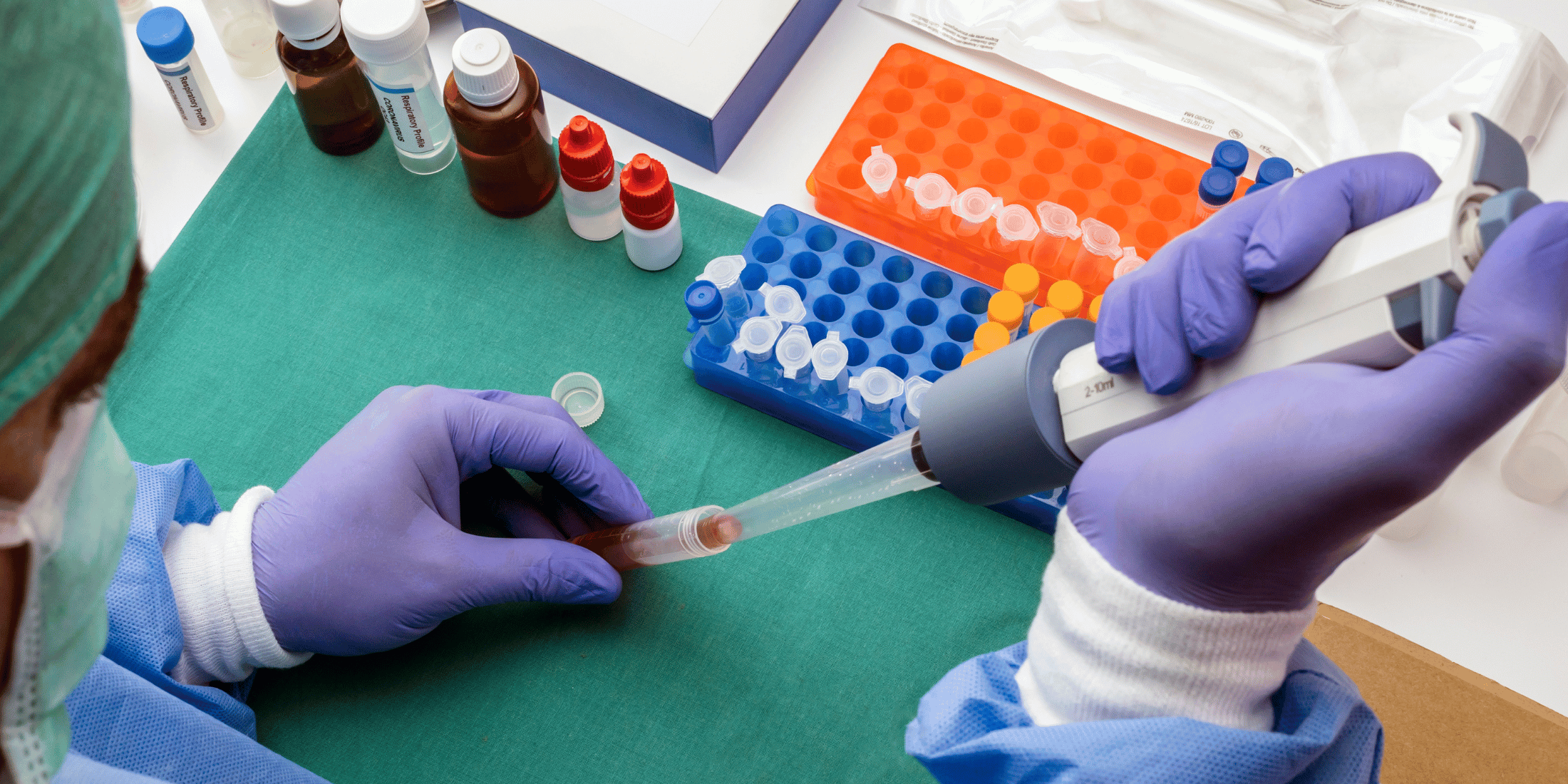
Free Science Education Resources for Understanding Viruses and Vaccines
We have developed a series of virus and vaccine lessons to support teachers in educating students. Below you will find all of these complimentary lessons in one location. Each lesson includes a comprehensive reading and set of discussion questions that you can use in your classroom or remote setting. We have also included a student and teacher edition (with answers to questions) and an audio recording.
The articles were written for middle school students, but may also be appropriate for upper elementary and high school students. In addition, we have created a complementary poster (PDF download) that makes a great classroom and remote teaching resource.
The Science of Viruses: Free Lessons
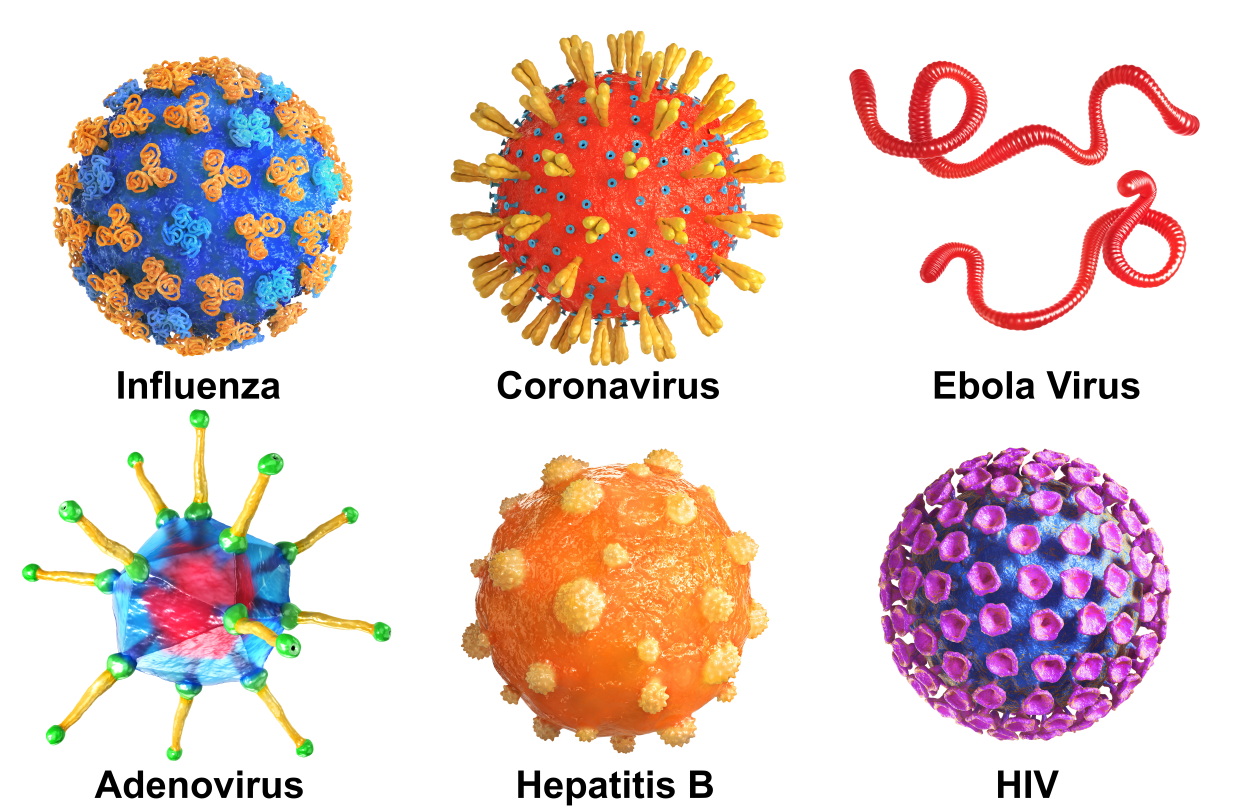
Lesson 1: What Do You Know About Viruses?
Viruses are particles that can cause many different types of diseases in plants and animals. Unlike bacteria, viruses cannot survive on their own. They need a host to survive. Viruses can only reproduce inside cells. Each virus has a way to reproduce once it is inside an organism’s cell.
Lesson 2: Why Do People Need Shots?

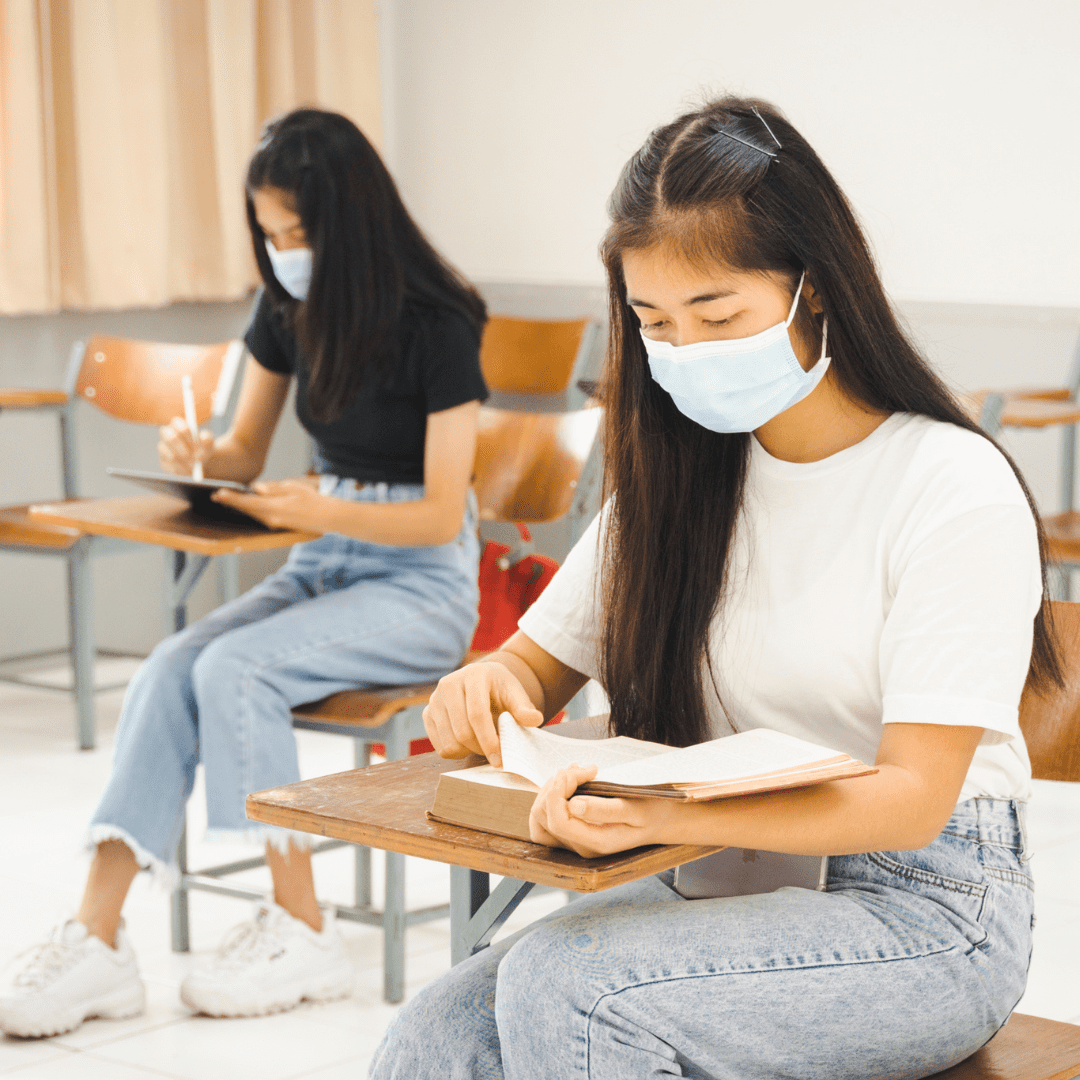
Lesson 3: What Happens When There Is A Disease Outbreak?
An outbreak is the name given to a sudden increase in the number of people who have the same illness at the same time.
Scientists work to stop outbreaks of serious diseases before they cause widespread illness or death.
Lesson 4: Could You Be An Epidemiologist?
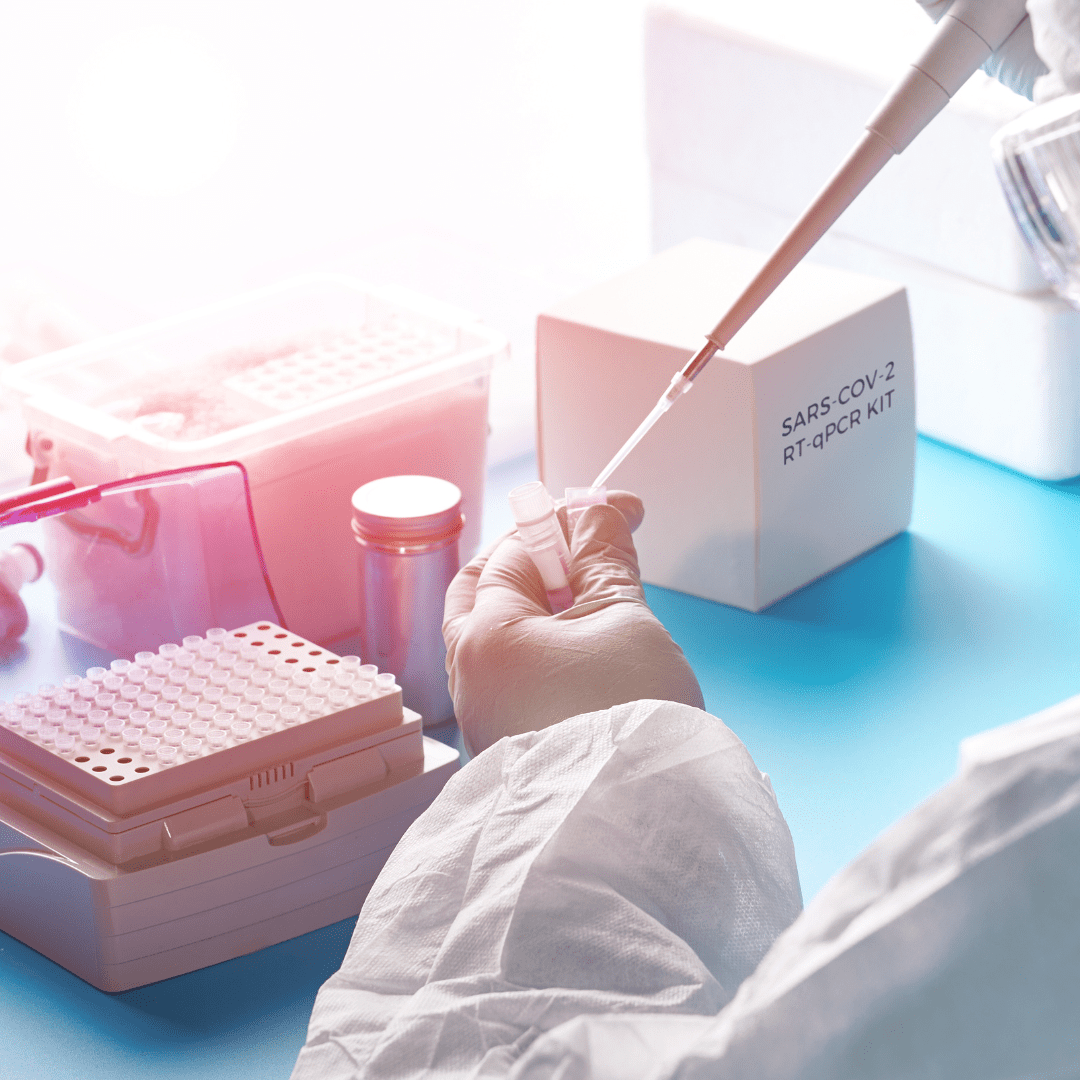
The Science of Vaccines: Free Lessons
Lesson 1: What do vaccines do in our bodies?
Have you ever had an infection? Sometimes a cut can get infected. Sometimes a cough keeps getting worse. There are many kinds of infections. They can be caused by viruses or some type of bacteria. Infections can make people a little sick or very, very sick. People can even die if their bodies can’t fight the infection. Vaccines can prevent viruses and bacteria from attacking your body. But to work, you need a vaccine before you get sick. After you are sick, it’s too late.
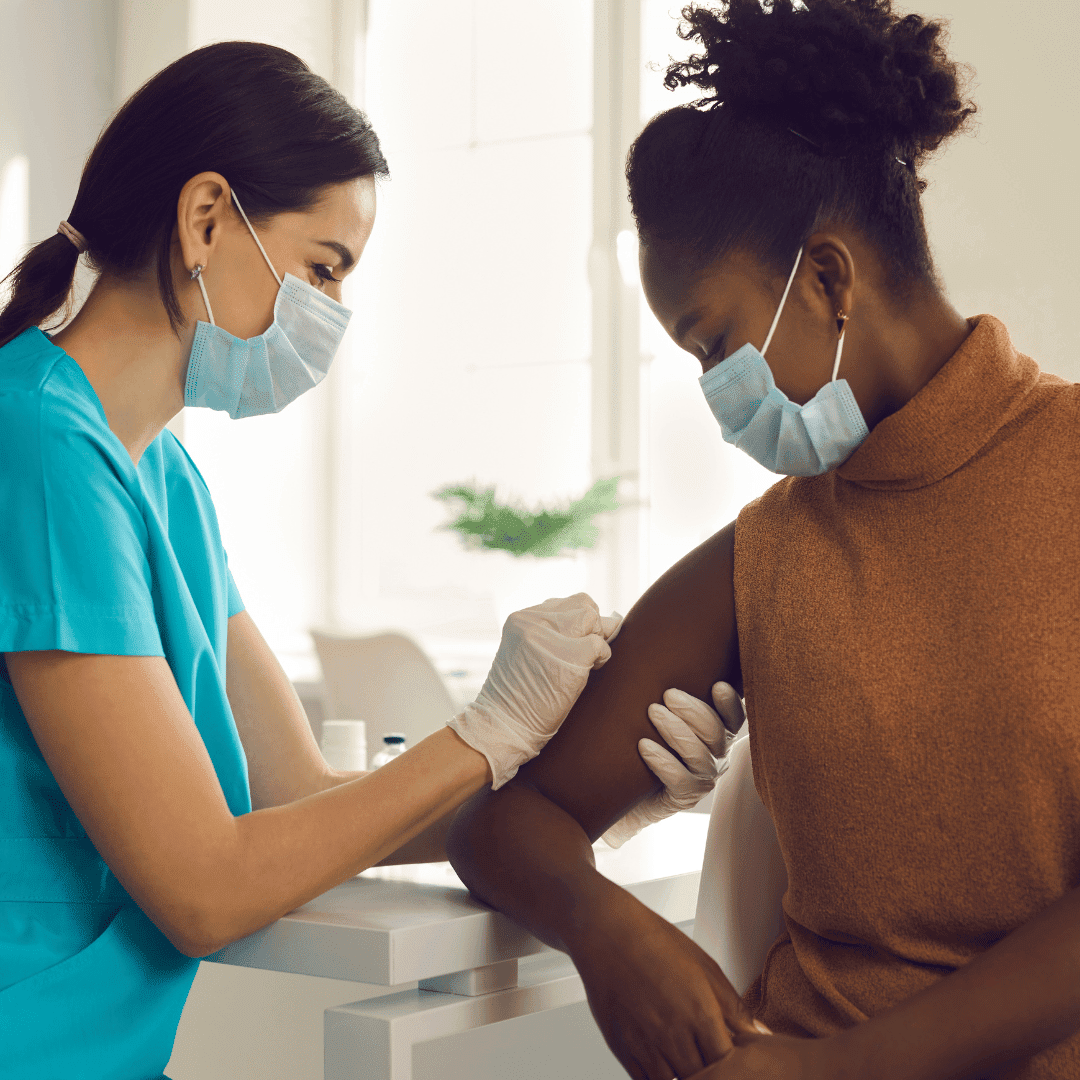
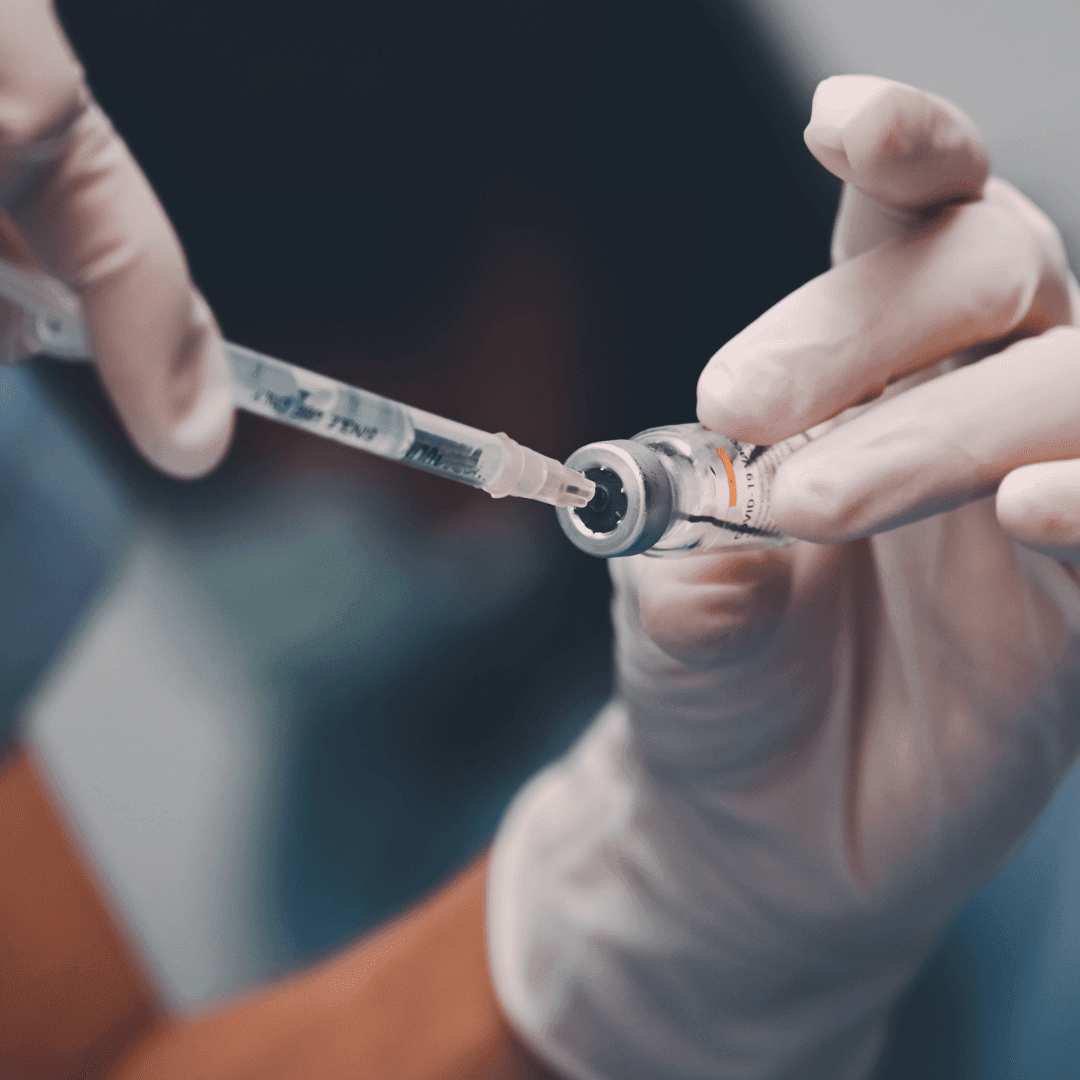
Lesson 2: How do we know the new vaccines are safe?
Even the very first COVID-19 vaccine is safe! How do we know? We know because of how the vaccine is made and what it does in the body. We also know because it was tested with many people before everyone else was able to get it. The vaccine is made up of the virus’s messenger RNA (mRNA) and some fat that protects it. There are no other ingredients that could make you sick. The mRNA makes only one kind of protein—the spike protein. That’s all it does.
Lesson 3: Why are we talking about herds of humans?
Have you ever heard of a herd? Maybe a herd of buffalo? Or a herd of sheep? Or herd of cattle? The word herd can even be used with humans. No one says a ‘“herd of humans,” but you may hear people talk about herd immunity or herd protection. The same process for large numbers of animals to become immune to a disease also needs to happen with humans. That’s why the goal for protection from diseases is called herd immunity.
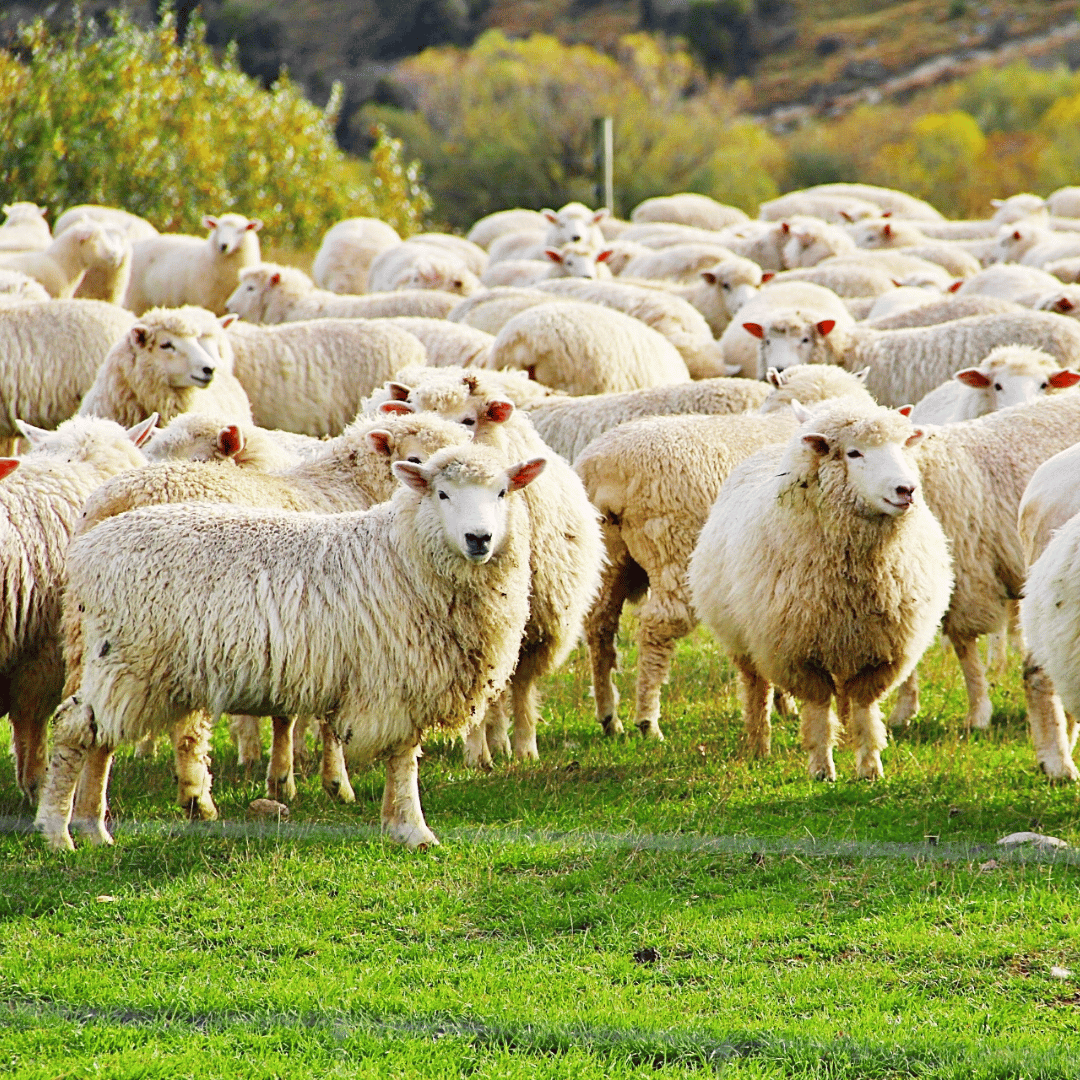
Virus and Vaccine Poster: Free Download
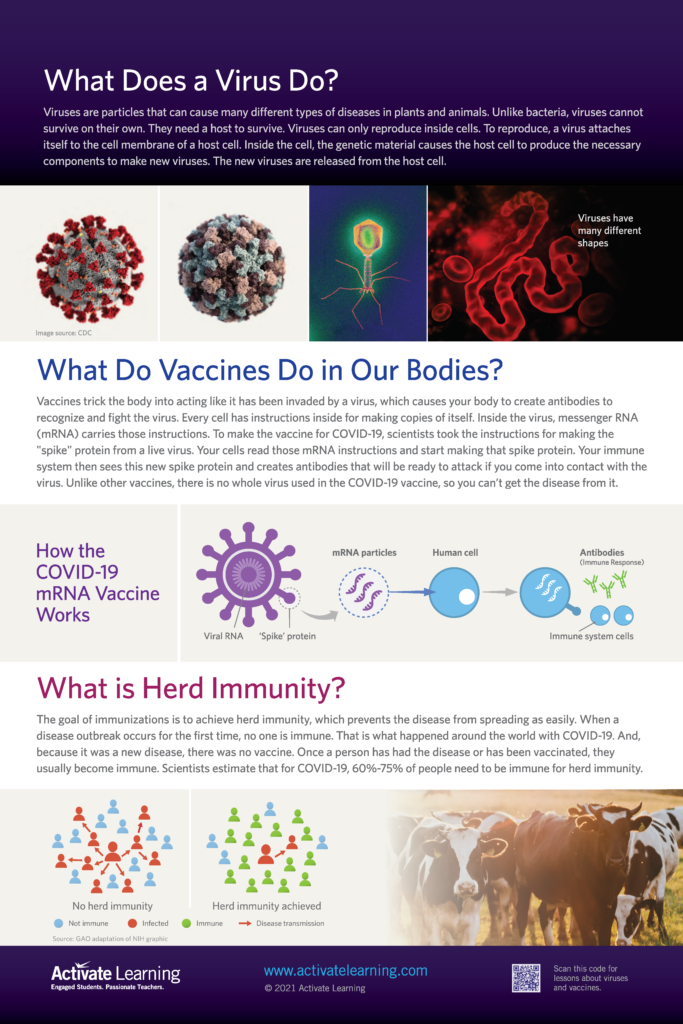
For additional resources and educational materials about viruses and vaccines, visit CDC Patient Education or read the discussion "Teaching About Vaccines" on the NSTA website.

